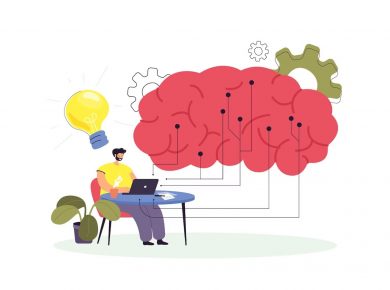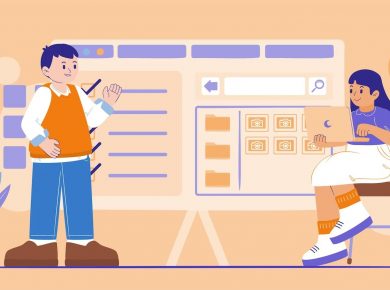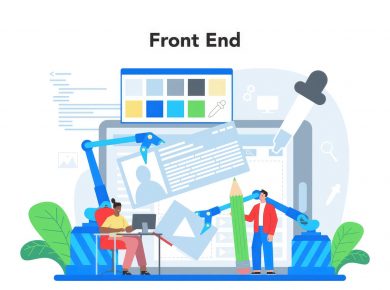Category: Web Design, Accessibility Tags: Accessibility, Web Accessibility, Inclusive Design, User Experience, Web Development
Accessibility in Web Design: Why It Matters
Web accessibility is the practice of designing and developing websites that can be used by everyone, including people with disabilities. Web accessibility is not just about compliance with legal requirements or industry standards; it’s about creating a more inclusive online world where everyone can access and interact with digital content without barriers.
Why Web Accessibility Matters?
Web accessibility is essential because it ensures that all users can access and use websites and web applications, regardless of their physical or cognitive abilities. Web accessibility makes it possible for people with disabilities to participate fully in society and the digital world. Inaccessible websites can exclude people with disabilities from participating in education, employment, and other aspects of life that depend on access to information and services online.
Web accessibility also benefits everyone, not just people with disabilities. For example, people with temporary disabilities, such as a broken arm or eye strain, can benefit from accessible websites. Accessible websites are also easier to use for people who are not native speakers of the website’s language, people who are using low-speed internet connections, and people who are using outdated devices or software.
Inclusive Design Principles
Designing for web accessibility involves adhering to specific principles of inclusive design, such as:
- Perceivable – Information and user interface components must be presented to users in ways they can perceive.
- Operable – User interface components and navigation must be operable.
- Understandable – Information and the operation of user interface must be understandable.
- Robust – Content must be robust enough that it can be interpreted reliably by a wide variety of user agents, including assistive technologies.
Accessibility Best Practices
Designers and developers can follow specific accessibility best practices to create accessible websites, including:
- Provide alternative text for images to describe the content of the image for users who cannot see the image.
- Use meaningful headings and labels to make it easy for users to understand the content and navigate the website.
- Ensure that website colors provide sufficient contrast for users with visual impairments.
- Provide captions and transcripts for multimedia content to make it accessible for users who are deaf or hard of hearing.
- Avoid using content that can cause seizures, such as flashing or flickering animations.
- Provide keyboard navigation for users who cannot use a mouse or other pointing device.
- Test website accessibility with assistive technologies, such as screen readers, to ensure that users with disabilities can use the website effectively.
Conclusion
Web accessibility is an essential aspect of web design that benefits everyone. Designing accessible websites ensures that everyone can access and interact with digital content, regardless of their physical or cognitive abilities. Designers and developers can follow best practices and inclusive design principles to create accessible websites that provide a better user experience for everyone. By making the web more accessible, we can create a more inclusive online world where everyone can participate fully in society and the digital world.








